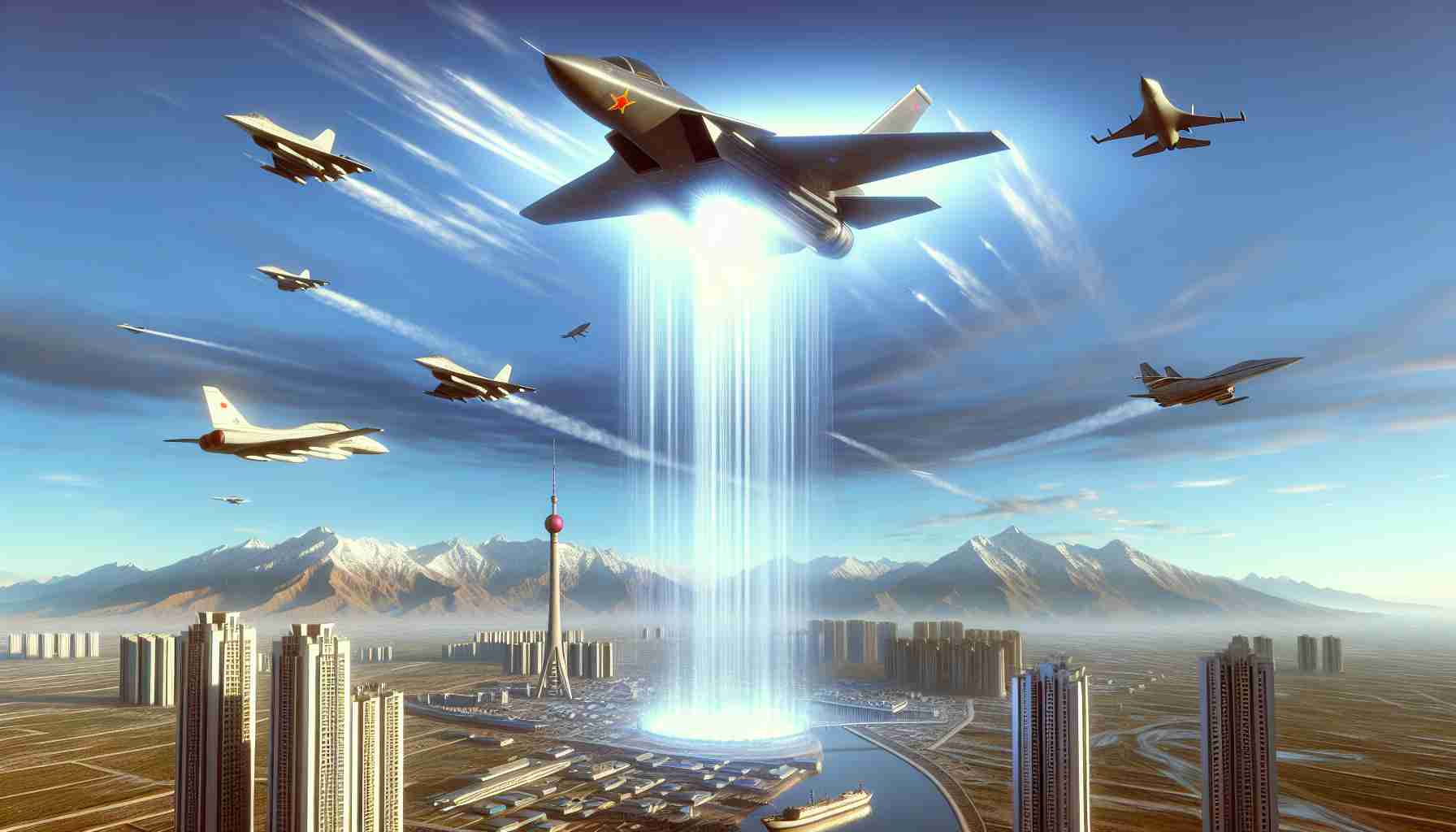Zhuhai Air Show Unveils China’s Aerospace Prowess
At China’s premier aerospace event, the Zhuhai Air Show, cutting-edge military aviation capabilities were on full display, captivating audiences from across the globe. The highly anticipated J-35A stealth fighter made a stunning entrance, showcasing its remarkable aerial capabilities and securing its place as a centerpiece of the show. Thousands of visitors, including representatives from over 1,000 international companies, witnessed this feat of engineering.
Highlighting China’s naval aviation might, the J-15D Flying Shark, celebrated for its unparalleled electronic warfare capabilities, made its debut. This advanced aircraft, expected to be integrated with the futuristic carrier Fujian, represents a significant evolution from its predecessors, boasting state-of-the-art anti-radar and missile technology.
Meanwhile, drone warfare took center stage with the introduction of impressive swarm technology. A new system capable of deploying a swarm of 48 drones in just four minutes demonstrated an innovative approach to rapid aerial incursions. This advancement in drone technology is seen as pivotal in enhancing combat strategies, especially in potential conflicts over regions like Taiwan.
A glimpse into the future of aerospace saw conceptual models like the White Emperor, a supersonic fighter proposed to operate beyond Earth’s atmosphere, hinting at the next frontier in aviation. As the show progressed, spectators were left in awe, contemplating the remarkable technological strides China has achieved in modern warfare.
The Future of Aerospace: How China’s Innovations Could Shape Tomorrow’s World
The Zhuhai Air Show is more than just a showcase of China’s aerospace prowess; it’s a glimpse into how cutting-edge technology can redefine the boundaries of modern warfare and civilian advancements. While many eyes were on the impressive displays of military might, several lesser-known developments could hold the key to transformative changes in technology and humanity’s future.
Innovations Beyond Combat: The Dual-Use Potential
While the spotlight was on the J-35A stealth fighter and the J-15D Flying Shark, the show quietly highlighted several technologies with significant civilian potential. One such area is aviation electronics, where innovations developed for military applications, such as radar evasion and advanced connectivity, can enhance commercial air travel safety and efficiency.
Drone Technology: Where Warfare Meets Everyday Life
Drone swarms demonstrated at Zhuhai suggest exciting possibilities beyond military applications. Imagine a future where swarms of drones could be used for disaster relief, delivering supplies to hard-to-reach areas within minutes, or even for the rapid creation of communication networks in natural disaster zones. However, the dual-use nature of these technologies raises questions about regulation and privacy.
Advantages and Disadvantages: A Double-Edged Sword
Advantages: The leap in technology at events like Zhuhai could drastically shorten the development cycles for innovative products, bringing them to civilian use faster. Technologies originally developed for military purposes often find applications that enrich civilian life, such as the internet and GPS.
Disadvantages: This rapid technological growth also comes with risks. The potential misuse of advanced drones and stealth technologies could make monitoring and regulation difficult. Furthermore, as these technologies become widespread, the risk of them falling into the wrong hands increases.
Controversies and Ethical Considerations
Developments like the proposed White Emperor—a fighter capable of operating beyond Earth’s atmosphere—present ethical and legal challenges. What are the rules of engagement in space? How do we ensure that advancements do not lead to an arms race in outer space?
Advantages and Questions About Aerospace Technology
1. How can civilian sectors benefit most from military innovations?
2. What measures are necessary to prevent the misuse of advanced technologies?
3. Can aerospace advancements lead to sustainable solutions for global challenges, such as climate change?
Conclusion and Future Prospects
The Zhuhai Air Show serves as a reminder that technological advancement is both a boon and a challenge. It highlights the potential benefits for humanity but also the responsibility that comes with wielding such power. As robotics, AI, and aerospace technology continue to evolve, it becomes imperative to navigate these changes thoughtfully and responsibly.
For more information about technological developments and aerospace news, visit the main domains of popular sites such as BBC and CNN.







